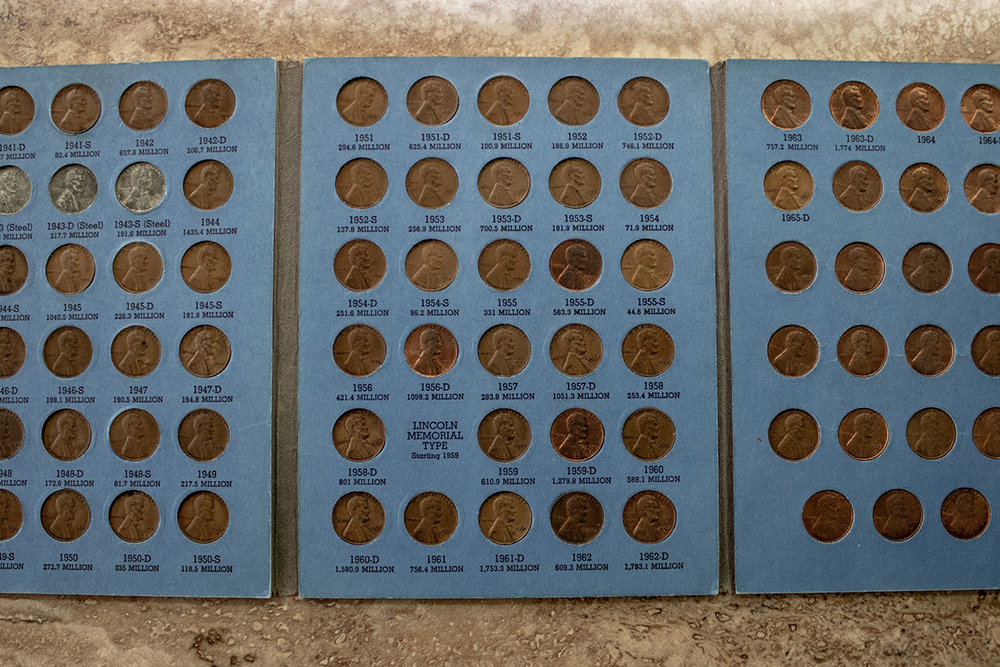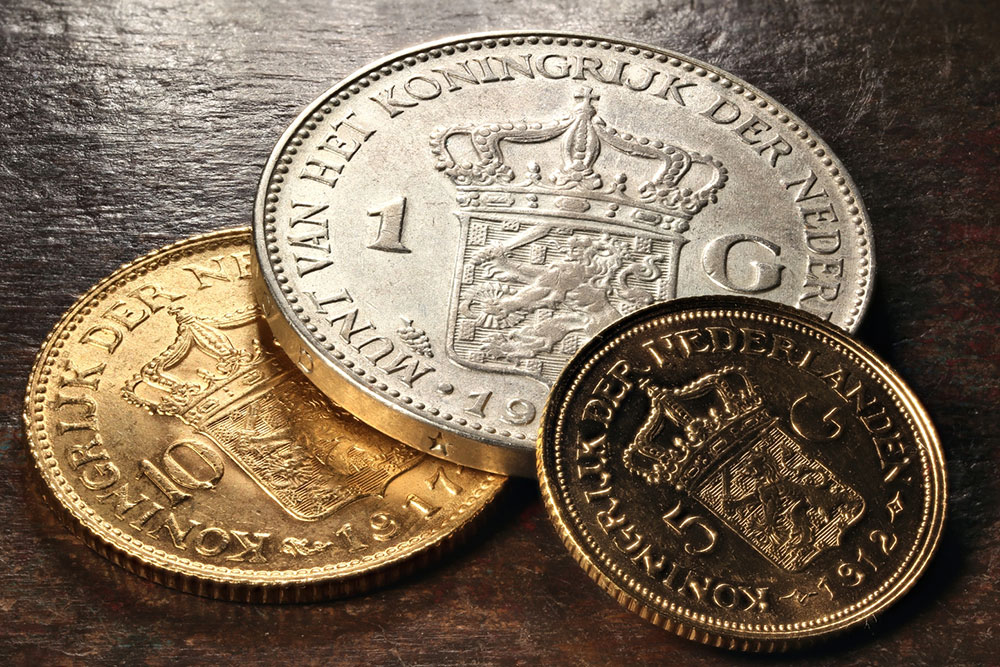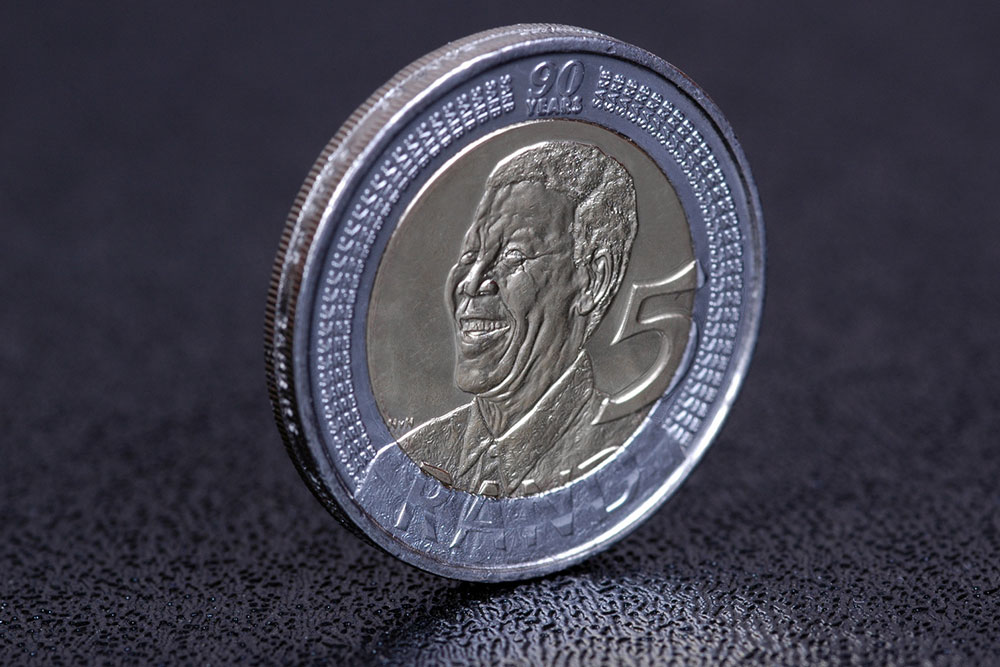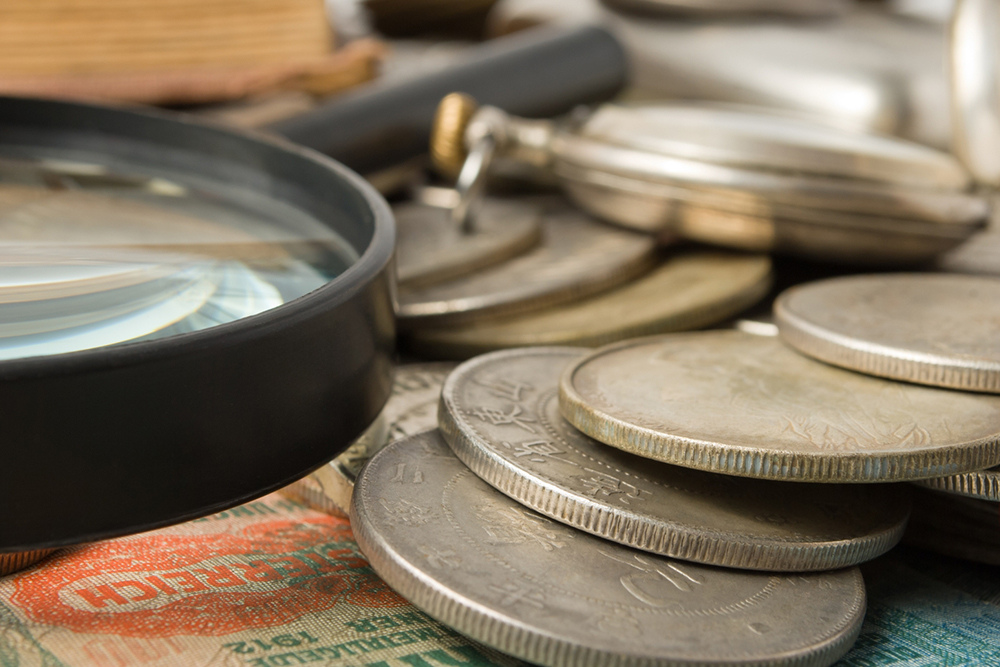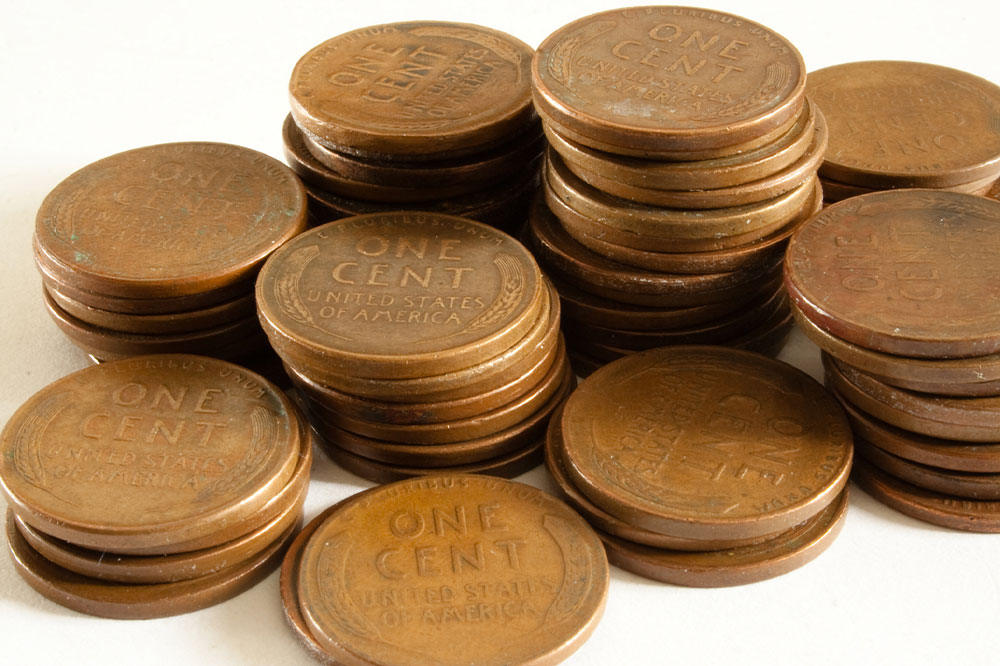Comprehensive Guide to Rare and Valuable Coins from New Zealand
Explore the rich history of New Zealand through its rare and valuable coins. From colonial penny to error coins, discover how factors like rarity, condition, and historical significance influence coin prices. Learn where to buy, sell, and collect these treasures for a passionate journey into numismatics. Perfect for enthusiasts and collectors aiming to deepen their appreciation of New Zealand’s monetary heritage.
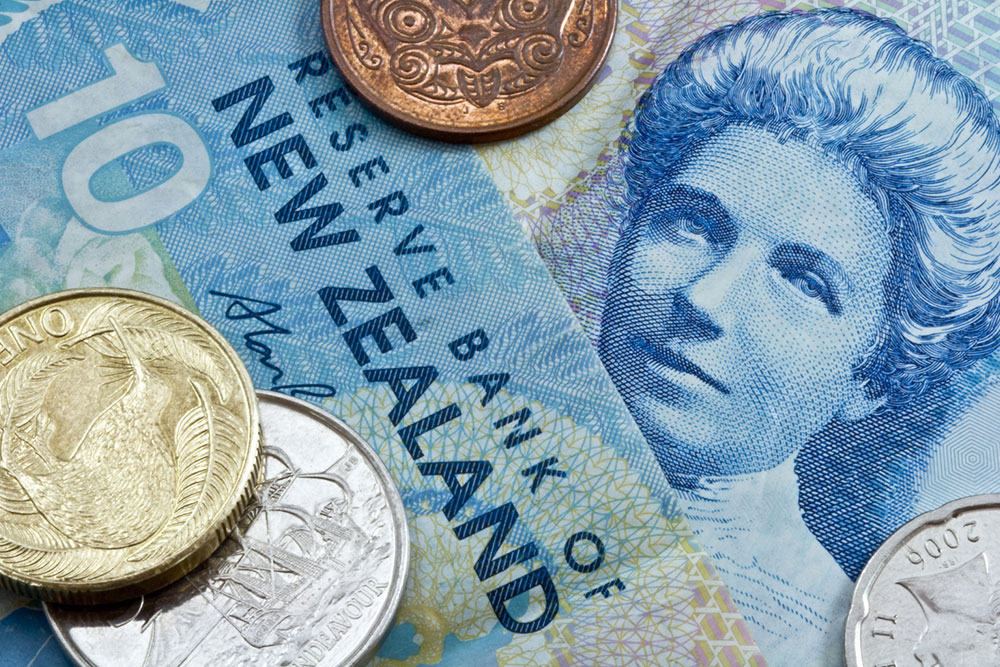
Comprehensive Guide to Rare and Valuable Coins from New Zealand
Coins are more than just everyday monetary tools; they are windows into history, culture, and artistry. Collecting rare and valuable coins, particularly from New Zealand, offers enthusiasts an exciting journey into the past. These coins, whether ancient or recent, hold significant historical importance and are highly sought after by collectors worldwide. Their value can vary significantly based on numerous factors, making them fascinating objects of study in numismatics—the special field dedicated to the collection and study of coins, banknotes, and medals.
What Affects the Value of Coins?
Understanding coin valuation involves considering several key factors. Rarity is paramount—how many coins of that type or series were minted and how many survive today? The condition or grade of a coin, determined by its wear and preservation, critically impacts its worth. Coins made from precious metals such as gold and silver typically have intrinsic value based on their metal content, but collectible rarity can elevate their prices beyond mere material worth. Additionally, scarcer variations, mint errors, and historical significance contribute enormously to their desirability and market value.
Now, let’s delve into some of the most prized and sought-after coins and banknotes originating from New Zealand, which have captured the interest of collectors globally:
1879 New Zealand Penny
This coin, bearing the portrait of Queen Victoria on its obverse and a seated Britannia figure on its reverse, stands out as one of New Zealand’s most iconic and valuable coins. Despite its complex historical background—including periods of circulation and conception—the 1879 penny remains highly coveted among numismatists. Its rarity and historical importance drive its high market value, making it a prized collectible for those interested in colonial currency history.
Pre-1934 Banknotes and the 100 Pounds Note
Before the Royal Bank of New Zealand assumed control in 1934, a variety of independent issuing authorities produced their own notes. These banknotes, especially the 100-pound notes issued before 1934, are now considered rare collectibles. Their historical context, limited circulation, and the unique designs contribute to their high valuation today. These notes are treasured artifacts representing a transformative era in New Zealand’s monetary history.
These currencies serve as tangible links to New Zealand’s bygone eras and are cherished collector’s items.
First Reserve Bank of New Zealand Banknote - Kiwi Series
The first-ever banknote issued by the Reserve Bank of New Zealand offers a glimpse of the nation’s cultural identity. It features prominent imagery, including Chief Tāwhiao, the resilient Maori leader, a kiwi bird symbolizing native fauna, and the majestic Mitre Peak, which is part of the famous Fiordland National Park. Among these early series, the 50-pound denomination has emerged as a particularly valuable piece due to its rarity and significance in the nation’s monetary evolution.
1935 Waitangi Crown
This special coin commemorates the historic Treaty of Waitangi signed on February 6, 1840, which laid the foundation for New Zealand’s sovereignty. Struck by the British Royal Mint, the 1935 Waitangi Crown has a limited mintage, increasing its rarity and collectible value. It bears intricate imagery relating to the treaty, making it highly sought after by both numismatists and history enthusiasts alike.
One Pound Prefix 0/K Note
An interesting anomaly in New Zealand’s currency history is the one-pound note with the 0/K prefix. Due to a printing error, instead of the intended K/0, the note features 0/K. With only approximately 12 copies known to exist, this note is extremely rare, and its value has skyrocketed among collectors who prize error notes for their uniqueness and scarcity.
Star Notes and Special Variations
Star notes, identifiable by a star symbol (*) on their serial number, were issued as replacements for damaged or misprinted banknotes. Over the years, certain star notes have garnered attention for their rarity and appeal to currency collectors. Their distinctive features and limited runs make them prized items for numismatists seeking unique or error currency.
The Queen-Facing Left $100 Note
A recent series of currency features Queen Elizabeth II in a different orientation—facing left instead of forward—as part of a new design variation. The $100 denomination from this series has become highly desirable due to its limited circulation and unique design, significantly increasing its value among collectors and investors.
1935 Threepence Coin
This coin is notable for featuring King George VI on its obverse and crossed patu (a traditional Maori club) on the reverse. Most 1935 threepences were melted down for their silver content, making surviving specimens exceedingly rare. As a result, this coin has become highly coveted, especially among specialists and collectors interested in early 20th-century New Zealand coinage.
1967 New Zealand-Bahamas Error Coin
This error coin, which features the Bahamas' 5-cent obverse and New Zealand’s 2-cent reverse, resulted from a minting mistake. Nearly uncirculated, it serves as a fascinating piece of minting history and commands high interest due to its rarity and unique origin, making it a prized item within specialized numismatic circles.
Coins from 1933-1946 with Silver Content
Coins produced during this period contain 50% silver, which enhances their intrinsic metal value. Collectors often seek these coins not only for their historical significance but also for their precious metal content. They frequently fetch prices higher than their face value, especially in markets where silver remains in demand.
Where to Buy and Sell Old Coins
For collectors and investors interested in buying or selling rare coins from New Zealand, several options are available:
Online Marketplaces
Popular for their wide reach, online platforms allow you to sell coins at competitive prices. Clear product images, detailed descriptions, and proper grading help maximize success when listing coins for sale.
Local Coin Shops and Numismatic Clubs
Local dealers and collector groups provide opportunities for direct evaluation and purchase of coins. Professional appraisals can assist in determining genuine value and authenticity.
Reserve Bank of New Zealand
For particularly low-value or commemorative coins and notes, consulting the Reserve Bank of New Zealand may yield options for sale or exchange, especially for items with historical significance.

